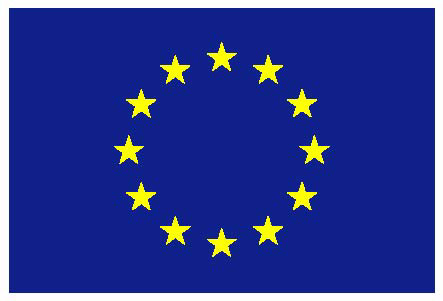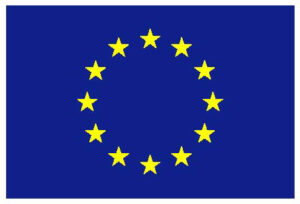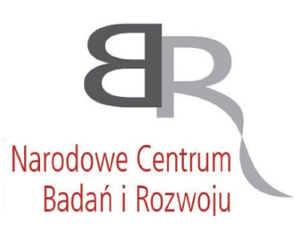
Nanostim Grant Nr 509841
Stimuli sensitive polymers for nano- and microdevices
Transfer of Knowledge – NANOSTIM
During the 20th century, polymer industry has focused on the synthesis of a variety of commodity and engineering plastics which are based on a small number of monomers and produced on large scale as materials which are indispensable for contemporary society.
Project website: https://cordis.europa.eu/project/id/509841
However, it has become clear in the last decade that new materials are needed which are (a) tailored perfectly to the needs of the applications they are intended for, (b) create fundamentals for micro-sized devices, thus lowering the demand for energy and resources, and (c) are environmentally friendly, e.g., water-based.
Recently, functional, “smart” or “intelligent” polymers, reversibly reacting to environmental stim-uli, e.g., temperature, pH, shear, light, electric or magnetic fields, have received growing import-tance. The reaction (e.g., phase transitions or dimensional changes) of these polymers is provided by macromolecular self-associations which in turn are driven by non-covalent interactions, including coulombic, hydrogen-bonding, van der Waals, and hydrophobic interactions.
Many applications of such materials exist or are envisaged, including associative thickeners in paints and in personal care products, micellar systems for controlled drug release in medicine or for pollutant uptake in environmental applications. At present, only a very limited number of associa-tive thickeners is available for use in the paint industry and their structure is of rather low sophistication.
Generally, water-soluble polymers (WSP) are used in adsorbents, flocculants, for waste-water treatment, surfactants for heterogeneous polymerization, for sewage purification, concentration and extraction of metals, reduction of hydrodynamic resistance, as structure formers of soils, enhanced oil recovery, superabsorption, and further applications in micro- and nanotechnology.
Hydrogels, i.e. covalently cross-linked water-soluble polymers, may contain attractive groups, lead-ing to “smart” hydrogels which may find applications in microsensors and microactuators. How-ever, they become increasingly important, also for the biotechnology, medicine, pharmacy (con-trolled release), diagnostics and many more.
The study of the effects and mechanisms which accompany the phase transition in such stimuli sen-sitive polymers is essential for their applications. The knowledge of phase behavior (aggregations or association) prior to the phase transition and in the vicinity of the transition point (structure and shape of micelles and aggregates) enables to choose the conditions for crosslinking leading to the synthesis of the nano- and microgels. Different techniques have to be applied for this characterization.
Realization period: 01/09/2004 – 31/08/2008


